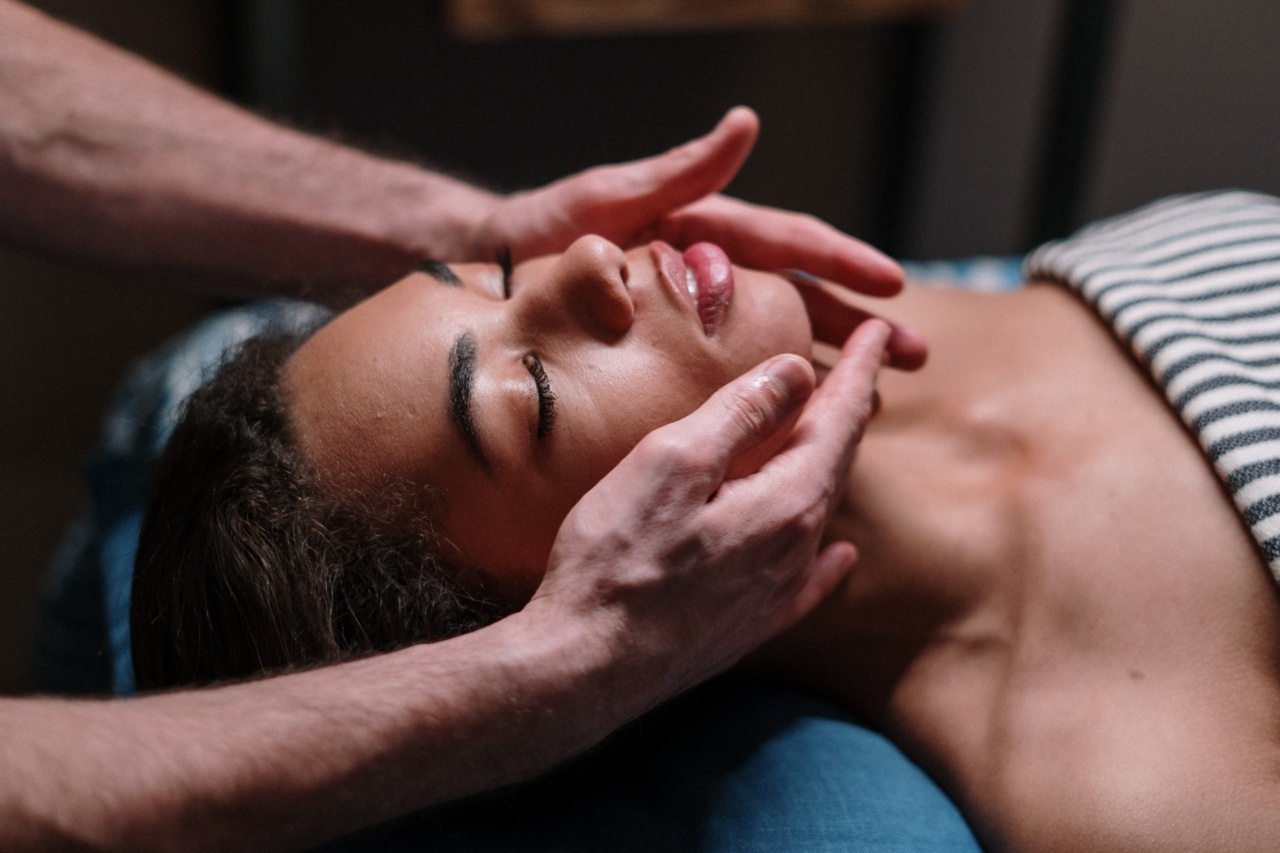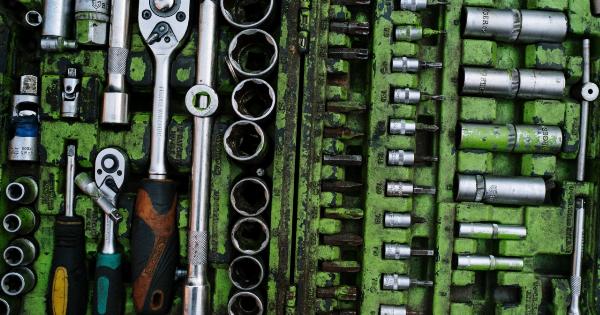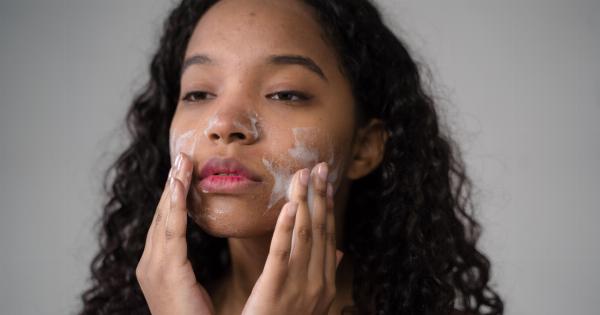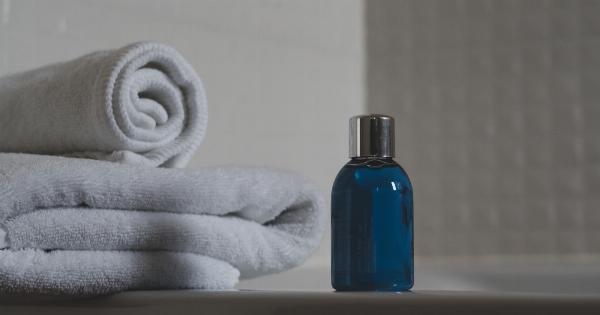Greasy hair can be a frustrating and confidence-dampening problem that many people deal with on a daily basis.
Excess oil production on the scalp can make hair look limp, flat, and unclean, which can be particularly bothersome for individuals with oily hair types. However, with the right techniques and proper hair care routine, you can tame greasy hair and keep it looking fresh and vibrant.
In this article, we will explore the causes of oily hair and provide effective tips on how to manage and control greasy locks.
Understanding the Causes of Greasy Hair
Before we delve into the solutions, it’s important to understand why some individuals are more prone to greasy hair than others. Here are a few factors that can contribute to excess oil production on the scalp:.
- Genetics: Genetic factors play a significant role in determining the amount of oil produced by our scalp. If you have family members with oily hair, chances are you may also inherit this trait.
- Hormonal Imbalance: Hormonal changes during puberty, pregnancy, or menopause can trigger an overactive sebaceous gland, leading to increased oil secretion.
- Overwashing: Paradoxically, washing our hair too frequently can strip away natural oils, causing the scalp to produce more oil to compensate for the loss. This can result in greasier hair.
- Environmental Factors: Hot and humid weather can stimulate the sebaceous glands, causing excessive oiliness. Additionally, living in a highly polluted area or using hard water can aggravate greasiness.
- Product Build-up: Overusing styling products, conditioners, or not properly rinsing off shampoo can lead to product build-up on the scalp, making hair look greasier.
- Dietary Factors: Consuming a high-fat diet or lacking essential nutrients can impact sebum production, resulting in oilier hair.
Effective Ways to Manage Greasy Hair
1. Choose the Right Shampoo and Conditioner
Opt for shampoos and conditioners specifically formulated for oily or greasy hair types.
Look for products labeled as “clarifying,” “volumizing,” or “oil-balancing.” These formulas are designed to cleanse the scalp effectively without leaving residue or weighing down the hair. Avoid heavy, moisturizing, or hydrating shampoos and conditioners, as they can exacerbate greasiness.
2. Adjust Your Washing Routine
Developing a suitable washing routine can make a significant difference in managing greasy hair:.
- Wash your hair every other day or every two days, rather than daily. This helps prevent overstimulating the sebaceous glands and allows the hair’s natural oils to distribute evenly.
- When shampooing, focus on massaging the scalp gently using your fingertips, rather than scrubbing vigorously. This helps to remove excess oil and dirt without triggering additional oil production.
- Rinse your hair thoroughly to ensure no shampoo or conditioner residue is left behind. Residue buildup can weigh down the hair and lead to greasiness.
3. Use Dry Shampoo
Dry shampoos are a greasy hair savior when you’re in a rush or need to extend the time between washes. They work by absorbing excess oil from the scalp, giving your hair a refreshed appearance.
Apply dry shampoo to the roots, focusing on the areas that tend to get greasiest, and gently massage it in. Brush out any visible residue, and you’re ready to go!.
4. Avoid Over-Touching Your Hair
Constantly touching and running your fingers through your hair can transfer oil from your scalp to the strands, making them look greasy. Try to avoid excessive touching or brushing your hair throughout the day.
If you feel the need to tousle or style your hair, use a wide-toothed comb or a brush with natural bristles that won’t stimulate oil production.
5. Resist the Urge to Overstyle
Using excessive heat styling tools, such as flat irons or curling irons, can exacerbate greasiness. The heat can stimulate the sebaceous glands, leading to more oil production.
Opt for heat-free styling methods like air-drying, braiding, or using gentle rollers to achieve desired hairstyles without worsening greasy hair.
6. Maintain a Healthy Diet
What you eat can directly impact the condition of your hair. Incorporate foods rich in vitamins A, E, and D, as well as omega-3 fatty acids, zinc, and biotin. These nutrients help regulate sebum production and promote a healthier scalp.
Good food choices include fruits, vegetables, whole grains, lean proteins, and nuts.
7. Minimize the Use of Hair Products
Excessive use of hairstyling products, such as mousses, gels, and volumizing sprays, can weigh down the hair and contribute to oiliness. If you must use products, opt for lightweight formulas or those specifically designed for oily hair.
Be mindful of using only the necessary amount and avoid applying directly to the scalp.
8. Embrace Natural Remedies
A few natural remedies can be effective in controlling greasy hair:.
- Lemon Juice: Mix the juice of one freshly squeezed lemon with a cup of water. After shampooing, rinse your hair with this mixture to remove excess oil and add shine.
- Apple Cider Vinegar: Dilute apple cider vinegar with water and use it as a final rinse after shampooing. This helps to restore the hair’s pH balance, reduce oiliness, and promote scalp health.
- Aloe Vera Gel: Apply aloe vera gel directly to the scalp and let it sit for 15-20 minutes before rinsing. Aloe vera helps remove excess oil while soothing the scalp.
9. Seek Professional Advice
If your greasy hair problem persists despite trying various remedies, it may be beneficial to consult a professional hairstylist or a dermatologist.
They can assess your scalp’s condition and recommend specialized treatments or suggest medical interventions if necessary.
10. Practice Patience
Remember that managing greasy hair is a journey. It may take time to find the right routine and combination of products that work for you.
Be patient and consistent with your hair care efforts, and eventually, you’ll achieve a healthier balance and happier hair.
Conclusion
Taming greasy hair requires adopting a customized hair care routine and making appropriate lifestyle changes. By understanding the underlying causes and implementing the tips outlined in this article, you can effectively manage and control greasy locks.
Remember, achieving healthy, beautiful hair takes time and patience, but the results will be well worth the effort!.




























